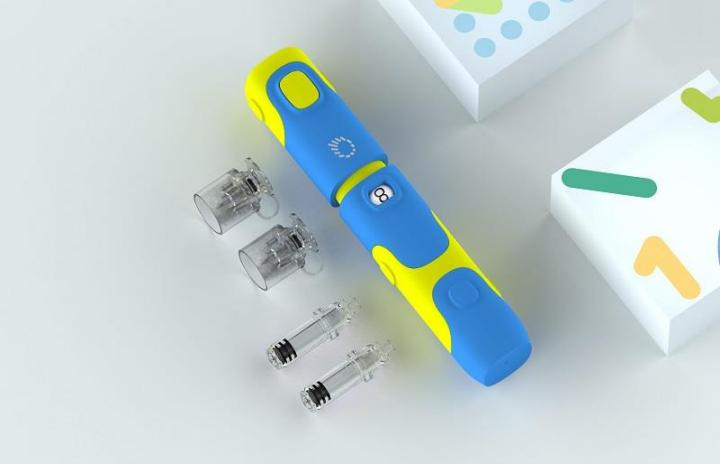Medical technology continually evolves, aiming to improve patient care, reduce pain, and enhance the overall healthcare experience. One groundbreaking advancement in this field is the development and use of needle-free injections. These devices offer numerous benefits, including reduced pain, decreased risk of needle-related injuries, and improved compliance with vaccination and medication regimes.
Understanding Needle-Free Injections
Needle-free injection technology (NFIT) delivers medication through the skin using forces such as pressure, shock waves, or electrophoresis. These methods propel the drug in a high-speed stream through a tiny orifice, penetrating the skin and delivering the substance directly into the tissue. The primary mechanisms include:
Jet Injectors: Utilize high-pressure streams to penetrate the skin and deliver medication subcutaneously or intramuscularly.
Powder Injectors: Use compressed gas to accelerate powdered medication through the skin.
Microneedle Patches: Contain an array of microscopic needles that dissolve or break off into the skin, releasing medication over time.
Electroporation: Uses electrical pulses to temporarily open skin pores, allowing drug molecules to pass through.

Applications in Medical Practice
Vaccinations
Needle-free injections are particularly beneficial for mass vaccination programs. They enable rapid administration, reducing bottlenecks in vaccination campaigns. This technology was utilized during the COVID-19 pandemic to facilitate faster and more efficient immunization.
Diabetes Management
Insulin administration through needle-free devices offers a painless alternative for diabetics, improving adherence to insulin regimens. Some systems are designed for multiple daily injections, providing consistent and effective blood sugar control.
Chronic Pain Management
For patients requiring frequent injections for chronic pain management, needle-free systems provide a more comfortable option, reducing the cumulative trauma and discomfort associated with repeated needle sticks.
Cosmetic and Dermatological Treatments
Needle-free injectors are also gaining popularity in cosmetic medicine for the delivery of treatments such as botox and dermal fillers. These devices offer precise control over dosage and depth, minimizing pain and bruising.
Future Prospects
The future of needle-free injection technology looks promising, with ongoing research and development aimed at improving device design, enhancing drug delivery methods, and expanding the range of applicable medications. Innovations such as smart injectors, which can be programmed for personalized treatment regimens, and advancements in micro-needle patch technology, are on the horizon.
Conclusion
Needle-free injection technology represents a significant leap forward in medical care. By addressing the pain, anxiety, and safety concerns associated with traditional needles, these devices have the potential to transform patient experiences and outcomes. As research and development continue, needle-free injections are likely to become a standard component of medical practice, heralding a new era in pain-free, safe, and effective drug delivery.
Post time: Jun-25-2024
